Category: Book Reviews
-

Armenian Genocide Museum-Institute presents four new volumes
(tert.am) The Armenian Genocide Museum-Institute has published the new monograph of Armen Kirakossian “The Armenian Genocide in Contemporary American Encyclopedias”. The edition was presented in English. In this publication Dr. Arman Kirakossian studied and analyzed nearly forty specialized and thematic encyclopedias (Encyclopedia of War Crimes and Genocide, Encyclopedia of Genocide, etc.), dictionaries (Dictionary of Genocide,…
-
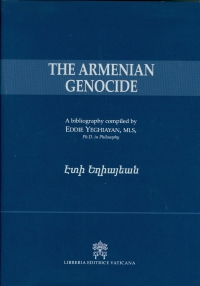
The Most Up-To-Date Bibliography on the Armenian Genocide. Book Review by: Dr. Garabet K. Moumdjian
(horizonweekly.ca) Eddie Yeghiayan’s recently published collection of works dealing with the Armenian Genocide surpasses all previous bibliographies on the subject in both scope and ambition. Encompassing various forms of media in a multitude of languages and stretching at over a thousand pages, it is massive, yet meticulously catalogued and comprehensive volume. The bibliography will aid…
-
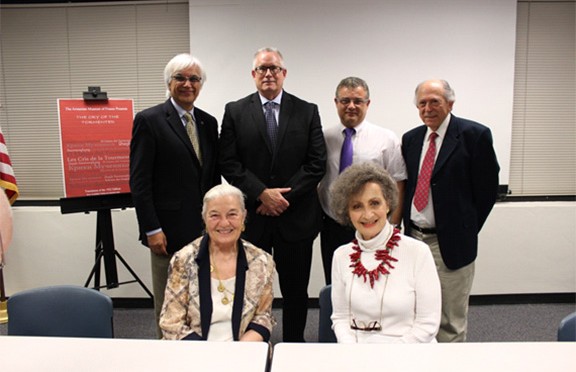
Armenian Museum of Fresno Releases Eye-Witness Accounts of Genocide in New Book
(asbarez.com) FRESNO—The Armenian Museum of Fresno is proud to release The Cry of the Tormented, a book comprised of more than 300 letters written by Armenians during 1915-1918 who were facing atrocities, starvation, deportation, murder, and annihilation. These letters were written to relatives and friends across the world, including those who settled in Fresno and…
-
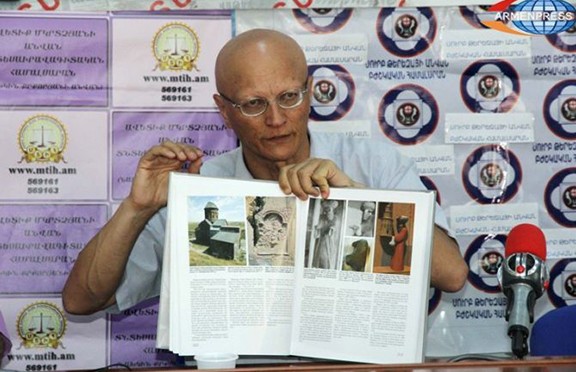
Book “Genocide after Genocide” Aims to Fight Cultural Genocide in Turkey
YEREVAN (ARMENPRESS)—The Foundation for Research on Armenian Architecture has published a new book, “Genocide after Genocide”, which it hopes will contribute to the struggle against cultural genocide in Turkey. Samvel Karapetyan, head of the Foundation for Research on Armenian Architecture, described the book as a weapon which can be used to stop the destruction of…
-
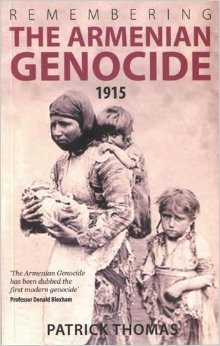
Remembering the Armenian Genocide 1915
Remembering the Armenian Genocide 1915 By Canon Patrick Thomas Publication Date April 2015 Publisher: Gwasg Carreg Gwalch, Llanrwst (horizonweekly.ca) 2015 is the centenary of that Armenian Genocide. In this moving and powerful account of the suffering undergone by Armenians, Patrick Thomas draws on eye-witness material from a wide variety of sources. He shows why it…
-

Bedros: new book about the Armenian Genocide
(Horizon Weekly) Bedros, by Irene Vosbikian. Bedros is the inspirational saga of a man who, his father butchered before his eyes, survives the Armenian Genocide – the first genocide of the 20th century. It is a true story of hope, perseverance and bravery. Bedros is an inspiration to the descendants of all the persecuted immigrants…
-

New Book Recounts Son’s Struggle to Understand Father’s Life after Genocide
(horizonweekly.com) Author Douglas Kalajian believes the title of his new book conveys a dilemma that will be familiar to many Armenian Americans born after the tumult that dislodged their parents and grandparents from their homeland. Stories My Father Never Finished Telling Me: Living with the Armenian Legacy of Loss and Silence, recounts Kalajian’s attempts to…
-
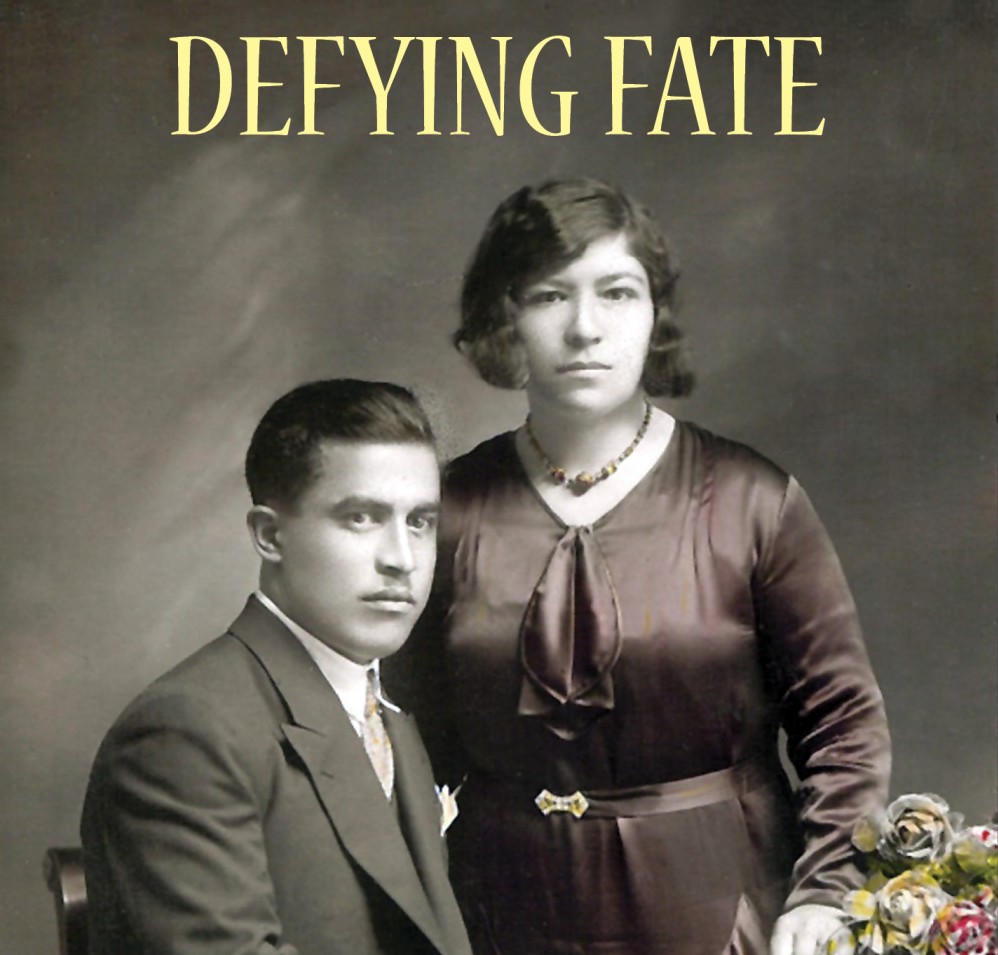
Genocide Memoirs of Aram and Dirouhi Avedian Published in LA
(armenianweekly.com) LOS ANGELES—Defying Fate, the memoirs of Aram and Dirouhi Avedian and the fifth volume of the Genocide Library, was published recently in Los Angeles. Dirouhi Cheomlekjian (later Avedian) was born circa 1907 in Izmit. In 1915, she and her family were deported by the Turkish government and marched to the Der Zor desert in…
-
Turkish version of “Ravished Armenia” by Arshaluys Mardiganian published in Turkey
(horizonweekly.ca) – The Turkish version of “Ravished Armenia” by Armenian Genocide survivor Arshaluys Mardiganian has been published in Turkey. Arshaluys Mardiganian’s “Ravished Armenia” has been translated into Turkish language by the former worker of Istanbul-based “Agos” periodical Tiran Lokmagyozyan. The book was publishrd by Turkish Pencere Yayınları publishing house. Taraf’s columnist Özlem Ertan reflected upon…
-
New book provides shocking evidence of German co-responsibility in Armenian Genocide
The Zoryan Institute PRESS RELEASE “Keep Turkey on our side … whether as a result Armenians do perish or not.” The German ambassador in Constantinople, Count Paul Wolff-Metternich, wrote to the Imperial Chancellor, Theobald von Bethmann Hollweg, in Berlin on December 7, 1915: … Our displeasure over the persecution of the Armenians should be clearly…